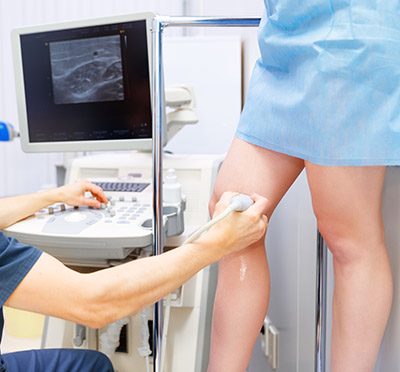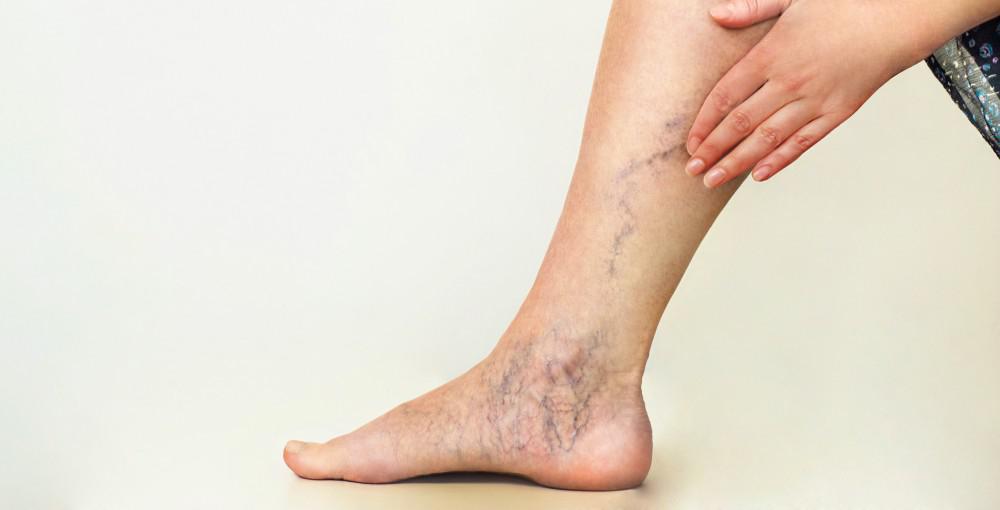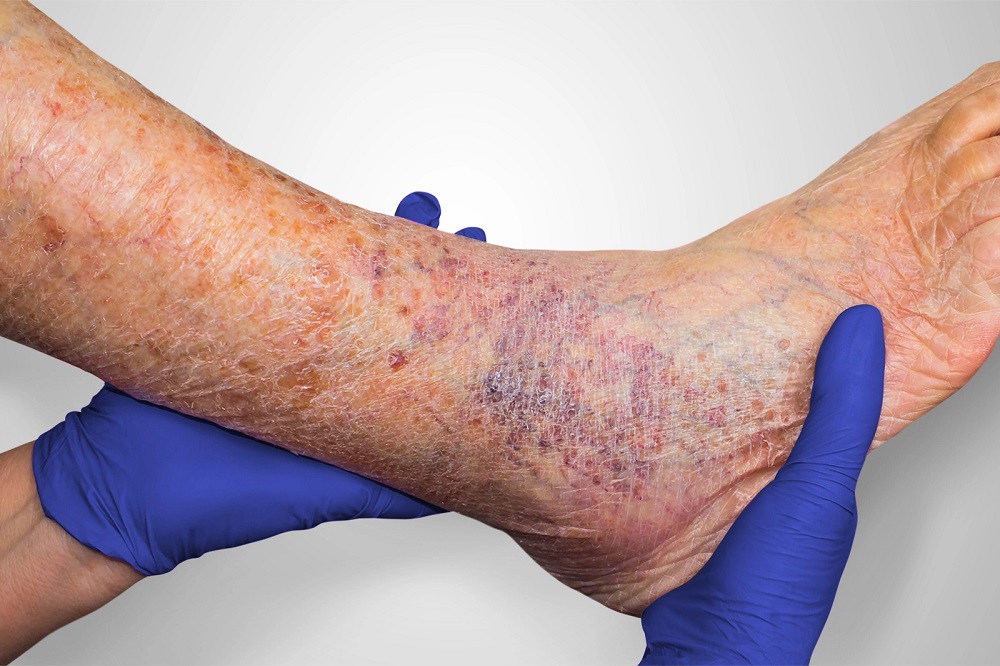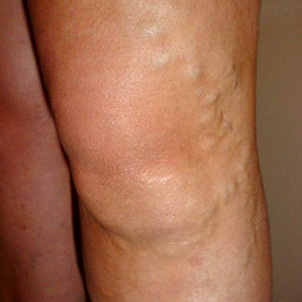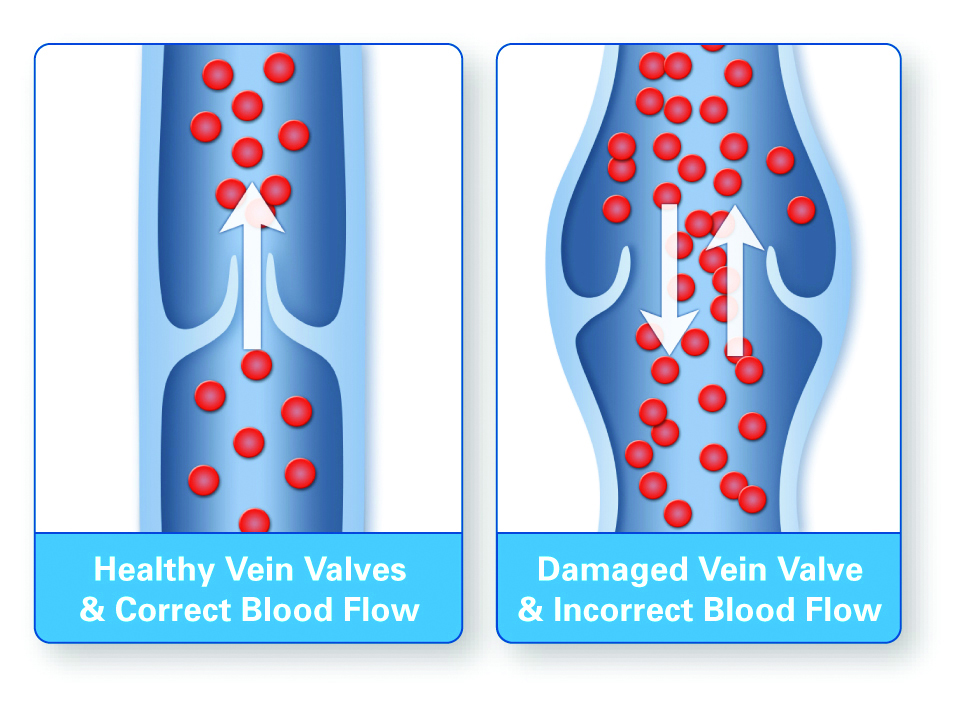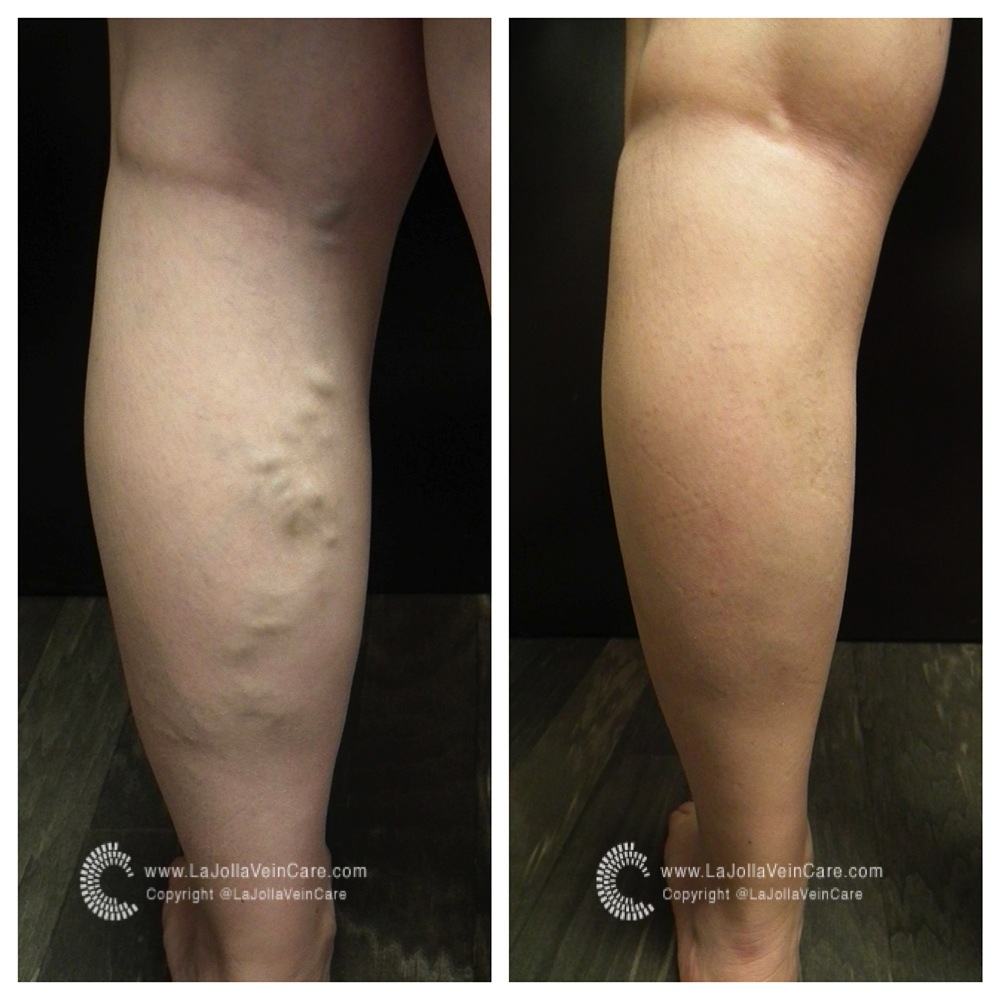Varicose Veins vs. Spider Veins
La Jolla Vein Care2021-11-05T13:08:51-07:00What is the difference between varicose veins and spider veins? Are they the same thing? Spider veins and varicose veins both refer to dysfunctional, dilated leg veins but the main difference is the size of the veins. Spider veins are small, thread-like veins at the surface of the skin. They often appear in clusters or can have a ‘starburst’ or spider-like pattern. Varicose veins are larger veins that appear swollen, twisted cordlike veins that ‘bulge’ at the surface.
Both spider veins and varicose veins can cause pain and other symptoms like burning, aching, and throbbing. Both can be treated without surgery.


